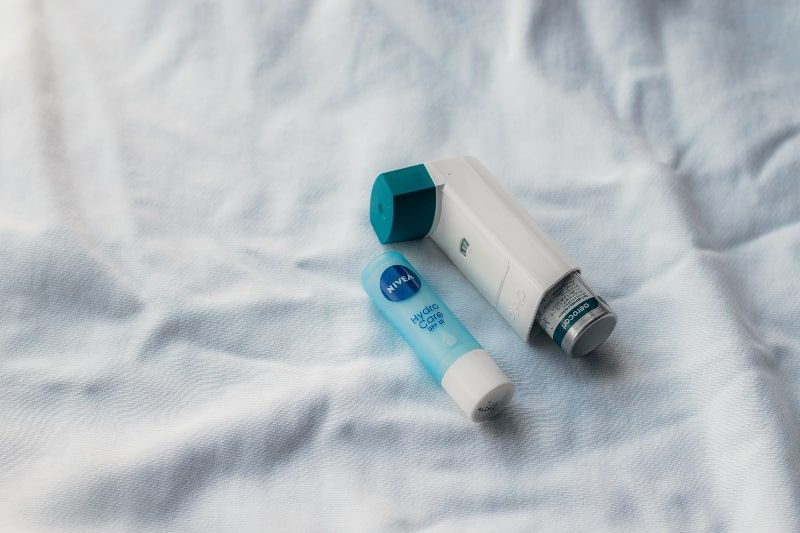It is possible to control asthma and live a normal life
Dust, smoke, gases, pollen, and weather changes can aggravate asthma. The first Tuesday of May is World Asthma Day. It is estimated that there are approximately 262 million people with asthma in the world.





